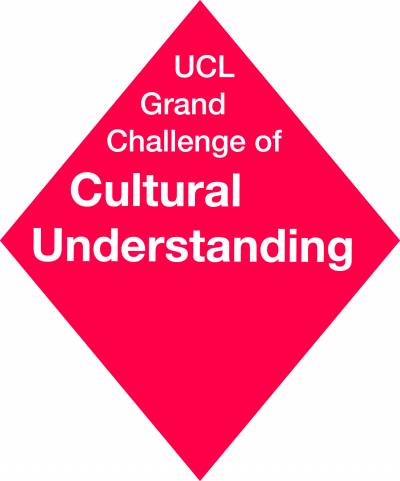The Future of Residential Interrelationship in the UK
The case study of the Israeli and the Iranian communities.
3 October 2018
The project aimed to build preparatory and exploratory materials of GIS spatial analysis, to find correlations between the identified shared values or preferences and the neighbourhood variables, explore policy and planning to promote more social interactions, build-up common residential and social spaces, and apply theoretical approaches to residential dynamics, social diversity, urban planning and spatial data analysis.
GIS spatial analysis was used to identify the similarities and common needs and preferences of both Iranians and Israelis in terms of culture and religion which could lead to a set of common preferences that could be addressed in housing, community and neighbourhood planning or highlighted and used to promote social interactions between the two groups and society as a whole.
The project team built a database (of more than 700 households) to further examine the relationships between individuals’ identity, community needs and residential dynamics over the last five years, both in private and community housing, based on first-hand field study and interview data. The dataset described the inter-and intra-cultural structures and networks that emerge within and between that Iranians and Israelis communities, the explicit and implicit orders that determine their residential dynamics at the level of flats, building, neighbourhood and in the use of public space.
 Close
Close


